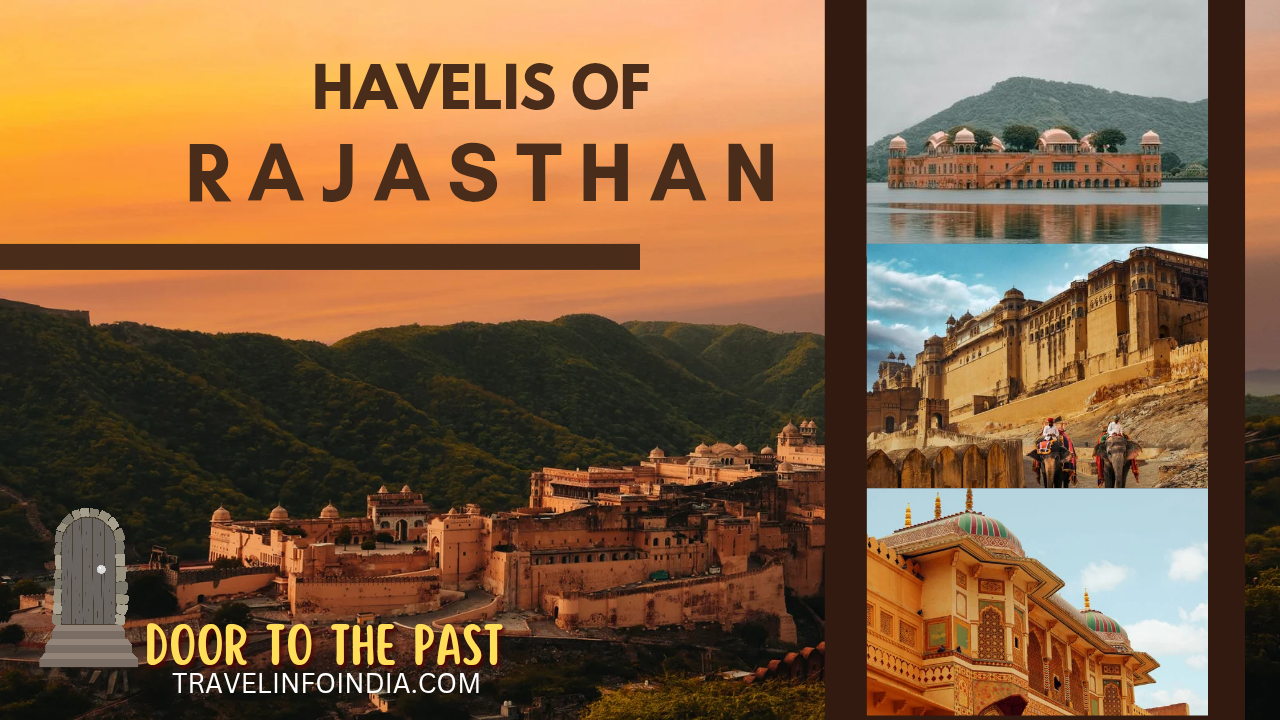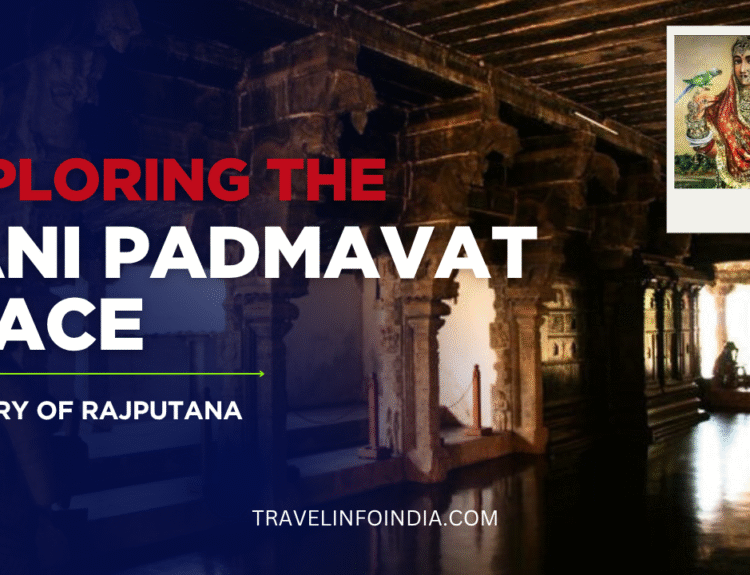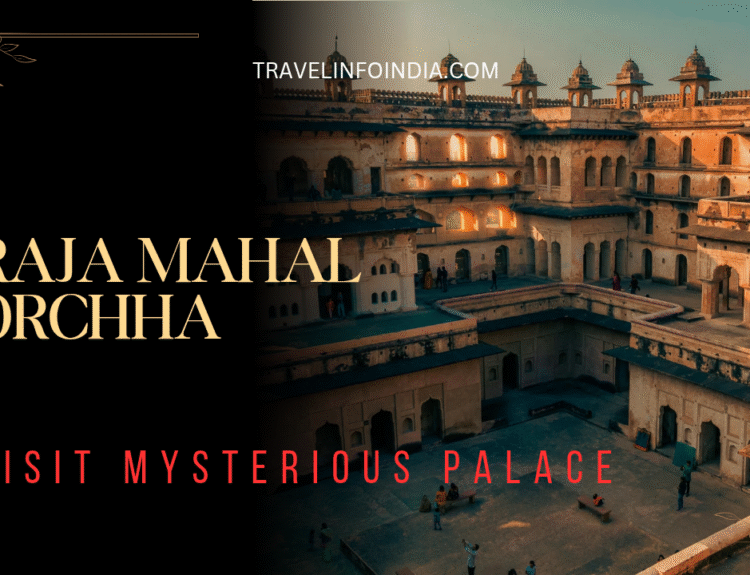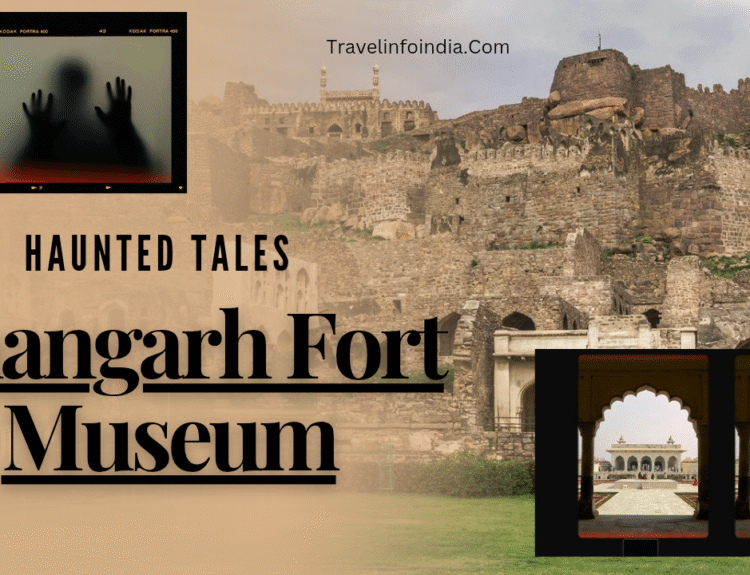Havelis of Rajasthan Doors to the Past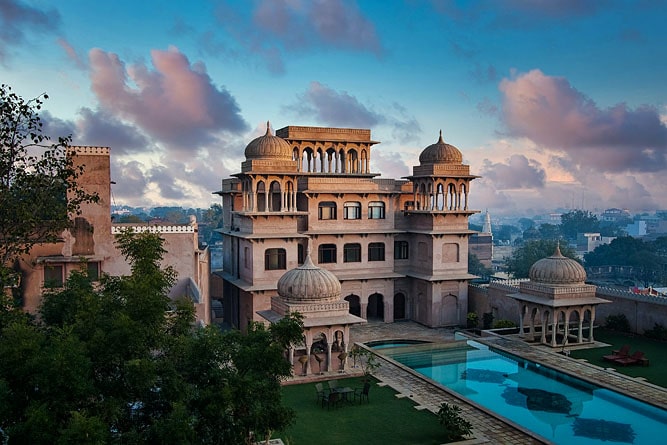
Havelis of Rajasthan Doors to the Past ,Set against the sweeping desert landscapes of Rajasthan, the havelis—traditional mansions built by wealthy merchant families—stand as living museums.
he golden sandstone of Jaisalmer to the frescoed facades of Shekhawati and Jaipur’s heritage retreats, these structures are more than homes—they’re architectural masterpieces chronicling trade, faith, and identity.
Famous Havelis Of Rajasthan
Patwon Ki Haveli, Jaisalmer
cluster of five grand yellow-sandstone mansions, built in the early 19th century by the Patwa merchant family .
exquisite carvings, jharokhas, and mirror work, it remains one of Rajasthan’s most photographed landmarks and major cultural museums today.
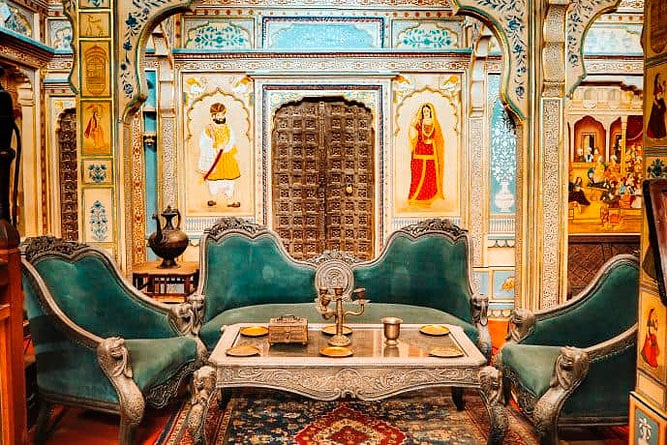
https://www.makemytrip.com/tripideas/attractions/patwon-ki-haveli
Nathmal Ki Haveli, Jaisalmer
Crafted by two brothers independently, each half mirrors the other yet maintains unique details.
resulting in a carved masterpiece that blends Rajput and Islamic nuances.
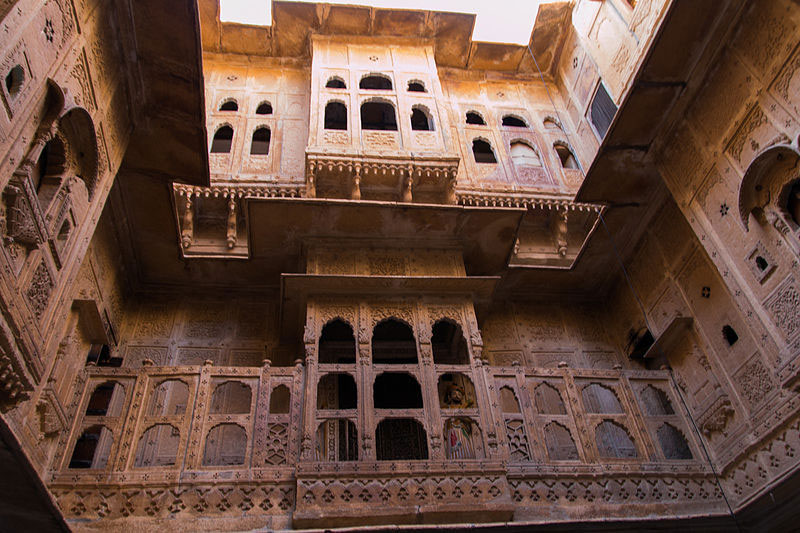
https://jaisalmertourism.co.in/nath-mal-ki-haveli-jaisalmer
Salim Singh Ki Haveli, Jaisalmer
Built in the early 19th century by the prime minister Salim Singh.
distinguished by its iconic curving roofline like a peacock’s tail, 38 balconies and stone latticework.
Mandawa & Shekhawati Havelis
The open-air gallery of India
towns like Mandawa and Nawalgarh feature hundreds of fresco-adorned havelis.
Highlights include Poddar Haveli, Murmuria Haveli, Castle Mandawa, and Nand Lal Devra Haveli .all illustrating epic scenes, mythological tales, and Marwari pride in vibrant color.
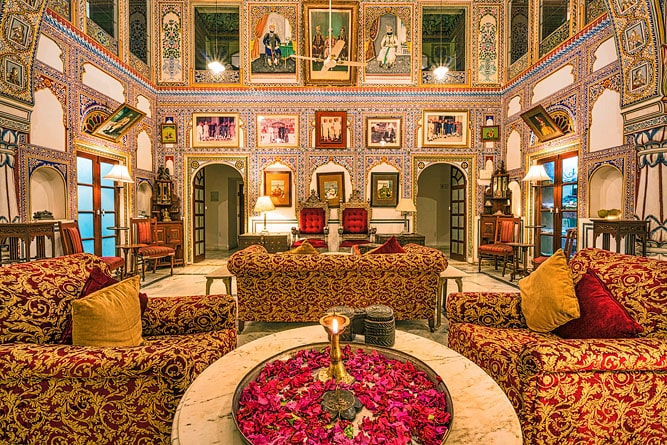
Samode Haveli, Jaipur
Built in mid-19th century by the Thakur of Samode, this luxurious heritage hotel features ornate courtyards, elephant ramp, mirror-studded frescoes, and restored antique décor—a true palace tucked inside Jaipur city
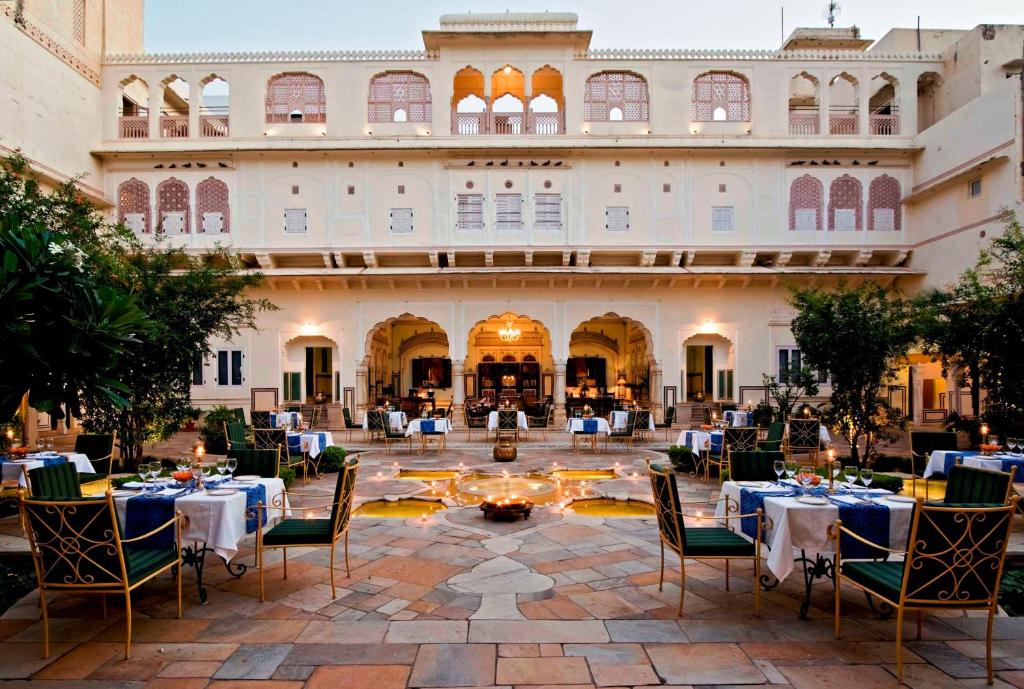
Havelis Attraction
-
Jharokhas & Chhatris
-
Frescoes & Murals
-
Courtyard Design (Chowk)
-
Architectural Blend
-
Intricate Latticework (Jali Designs)
-
Hand-Carved Wooden Doors and Ceilings
-
Mirror Work and Stucco Decoration
-
Painted Arches and Domes
-
Dual Courtyard Layout (Zenana and Mardana Spaces)
Best havelis to stay in Rajasthan
Samode Haveli, Jaipur – luxury with royal ambiance.
Ravla Khempur, Mewar region – chieftain’s haveli turned heritage hotel
Alsisar Haveli, Jaipur – A stunning 18th-century mansion turned boutique hotel with regal decor, courtyards, and traditional Rajasthani architecture.
Castle Mandawa, Shekhawati – A beautifully restored fort-haveli offering heritage rooms, frescoed walls, and a true Shekhawati experience.
Deogarh Mahal, Deogarh – A majestic 17th-century haveli-palace nestled in the Aravalli hills, now a luxury heritage hotel with lake views and vintage charm.
locations and indicative cost per night
| Haveli | Location | Typical Price (INR/night) |
|---|---|---|
| Samode Haveli | Jaipur (~6 km from railway) | ₹8,300–₹21,000+ |
| Ravla Khempur | Khempur near Udaipur (~50 km) | ₹5,000–₹10,000 |
| Alsisar Haveli | Jaipur (Chandpol area) | ₹7,000–₹12,000 (est.) |
| Castle Mandawa | Mandawa, Shekhawati region | ₹6,000–₹8,000 (avg. ₹7,400) |
| Deogarh Mahal | Deogarh, Aravalli Hills | ₹8,000–₹15,000 (est.) |
Why These Havelis Still Charm Travelers
-
A Visual Feast: Every surface tells a story—mythical or modern—through painted scenes, carved facades, and delicate wooden or stone jaliwork.
-
Cultural Immersion: Staying in converted havelis like Samode, Ravla Khempur, or Mandawa means living within a restored heritage mansion amidst Rajasthani hospitality and décor
-
Offbeat Appeal: Far from crowded tourist circuits, Shekhawati’s quiet painted towns let travelers wander through lanes of abandoned artistry and silent story-filled homes.
-
Architectural Legacy: These are eco-smart structures—thick sandstone walls, courtyard ventilation, and shaded verandas minimize heat, reflecting sustainable design centuries ahead of their time
Havelis of Rajasthan Doors to the Past
When to visit?
Winter months (October–March) are ideal. Morning sunlight accentuates mural colors and cool breeze flows through the courtyards.
Are interiors accessible?
Many historic havelis are either museums or boutique hotels. Places like Poddar Haveli and Nathmal Ki Haveli permit entry; others may require permission.
Photography allowed?
Typically yes, but check hotel or museum rules—flash photography may be restricted.
havelis of Rajasthan are more than architectural relics—they are time capsules of a culture that blended commerce, art, and architecture into monumental beauty. Each painted wall, carved balcony, and courtyard echoes with stories of prosperity, piety, and Rajput pride.
Visiting the havelis of Rajasthan is like stepping into a beautifully preserved time capsule

